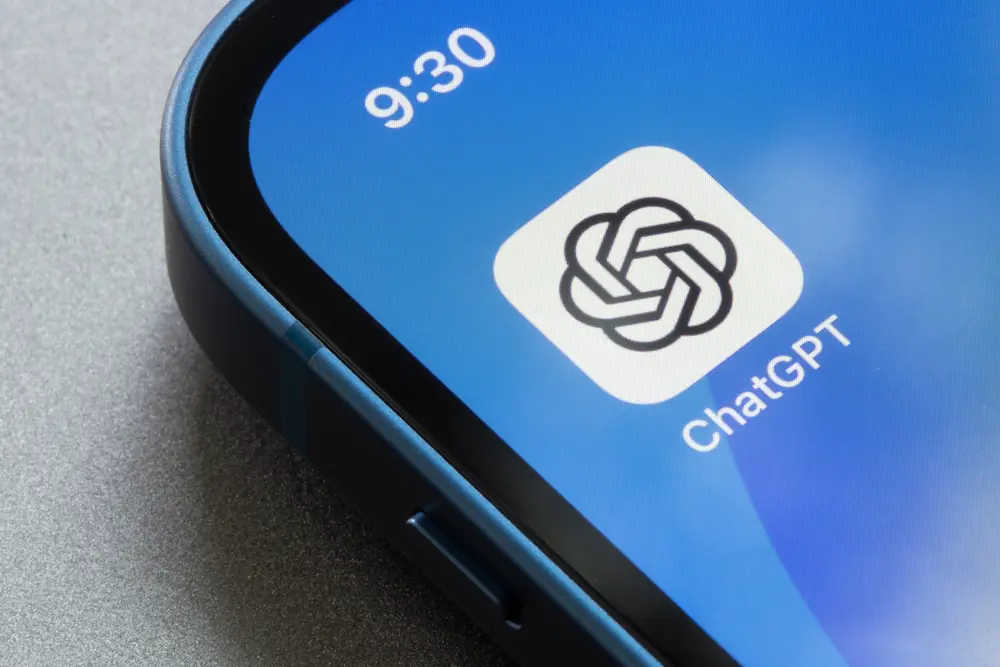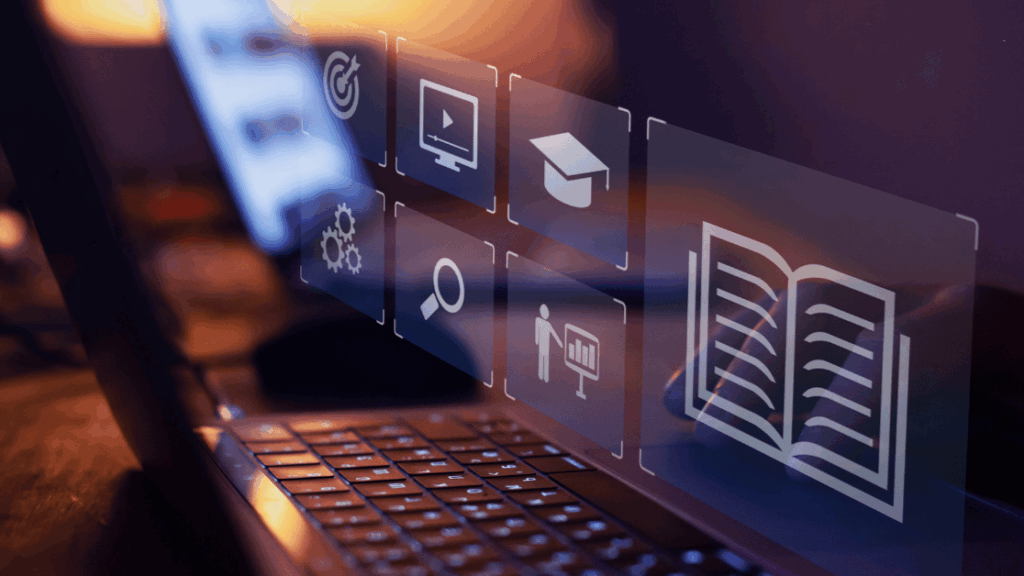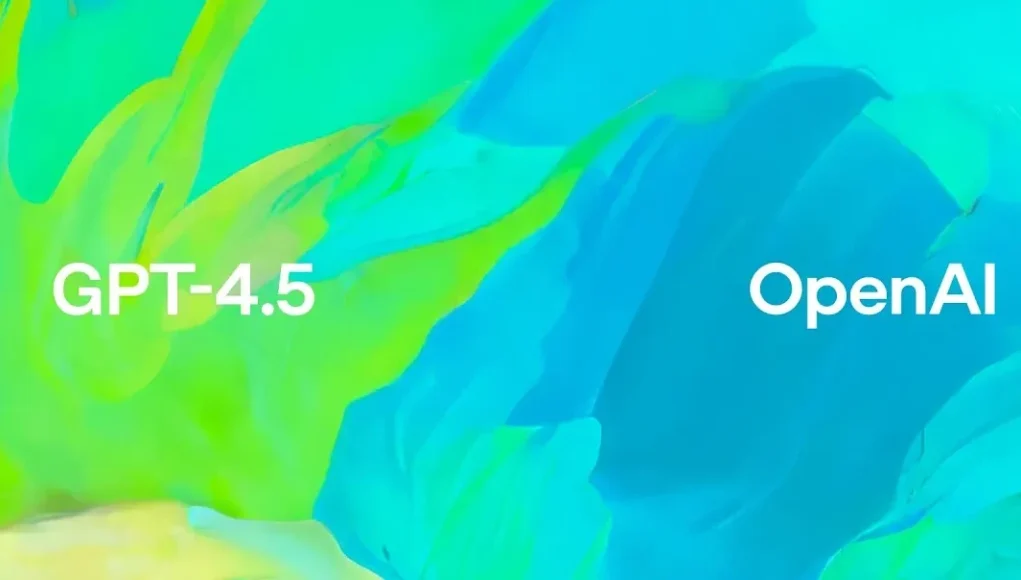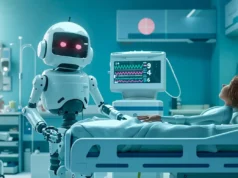In the rapidly evolving landscape of artificial intelligence, the release of GPT-4.5 marks another significant milestone. As AI systems grow more powerful, nuanced, and integrated into daily life, each new model brings not just technical improvements, but also fresh implications for society, business, and our relationship with machines.
So, what exactly makes GPT-4.5 different, and how does it signal the future of AI? In this post, we’ll explore the advancements embodied in GPT-4.5, the direction AI is heading, and the opportunities and challenges we face as models become more capable.
What Is GPT-4.5?

GPT-4.5 is an evolution of OpenAI’s GPT-4, part of the Generative Pretrained Transformer series that began transforming the field of AI with the release of GPT-2 and GPT-3. These models are trained on massive datasets to predict and generate human-like text, enabling applications in writing, coding, summarizing, translating, tutoring, and more.
GPT-4.5, released in late 2023, isn’t a radical overhaul of its predecessor but rather a significant refinement. Key improvements include:
1. Greater Speed and Efficiency
GPT-4.5 responds more quickly and with less latency, making it better suited for real-time applications, including conversational interfaces, AI-assisted customer service, and interactive educational tools.
2. Improved Reasoning Abilities
The model demonstrates stronger logical reasoning, multi-step problem solving, and understanding of nuanced questions. While it’s still not perfect, GPT-4.5 narrows the gap between human-level cognition and machine reasoning in areas like math, programming, and structured analysis.
3. Higher Reliability
Users report fewer hallucinations (incorrect or fabricated information) compared to earlier versions. GPT-4.5’s ability to cite sources, explain uncertainty, and verify facts continues to improve—though ongoing vigilance is necessary.
4. Expanded Multimodal Capabilities
GPT-4.5 builds on GPT-4’s ability to interpret images, charts, and visual input. This paves the way for AI models that don’t just understand language, but integrate text, images, and possibly video in a unified way—critical for advanced robotics, digital design, and virtual assistants.
Real-World Applications of GPT-4.5

The incremental improvements in GPT-4.5 translate to exponential potential in real-world use cases.
1. Education and Tutoring
GPT-4.5 is powering more advanced AI tutors that adapt to students’ learning styles. These systems can explain complex topics, test understanding, and provide feedback in real time. They offer scalable, personalized education—even in underserved regions.
2. Software Development
Coders are using GPT-4.5 to write, debug, and refactor code more efficiently. The model can now understand complex software architecture and help with full-stack development, not just snippets or basic scripts. Tools like GitHub Copilot have been upgraded to leverage these improvements.
3. Professional Writing and Research
From drafting legal documents to summarizing scientific articles, GPT-4.5 assists professionals in navigating large volumes of information. It enables lawyers, journalists, marketers, and analysts to focus on high-level tasks while automating routine content creation.
4. Customer Support and Chatbots
With improved natural language understanding and more accurate memory features, GPT-4.5 enables AI agents to hold longer, more coherent conversations and handle a broader range of customer queries—24/7, across languages, and with a tone adapted to brand voice.
The Road Beyond GPT-4.5

GPT-4.5 may be impressive, but it’s a stepping stone toward something even more transformative. Here’s what lies ahead:
1. GPT-5 and Next-Gen Language Models
Future models like GPT-5 are expected to feature:
- Persistent memory across sessions, allowing AI to retain long-term context.
- Autonomous agents that can plan and execute multi-step goals (e.g., booking a trip or running a small business operation).
- Better real-world grounding, reducing hallucinations by tying outputs to trusted data sources and real-time information.
These improvements will accelerate the development of true digital assistants—AI systems that act like intelligent collaborators rather than simple tools.
2. Multimodal Intelligence
Next-gen models are moving beyond text. The fusion of language, vision, audio, and video means AI can interpret the world more like humans do. Imagine AI that:
- Designs presentations from a simple voice prompt
- Diagnoses skin conditions from images
- Understands emotions from tone and facial expression
- Composes videos or music based on mood descriptions
This convergence of modalities is essential for the future of human-computer interaction, from creative industries to healthcare.
3. Autonomous AI Agents
We’re entering an era where AI can not only respond to instructions but autonomously explore, plan, and act. Frameworks like Auto-GPT and OpenAI’s own experimental agents are early glimpses of this future.
These agents will:
- Complete complex tasks across multiple tools and platforms
- Collaborate with other AIs (or humans) in teams
- Maintain goals and sub-goals without constant supervision
While powerful, this raises crucial questions about oversight, transparency, and alignment with human values.
Challenges and Ethical Considerations
As with any major leap in technology, GPT-4.5 and its successors bring not just innovation, but responsibility.
1. Misinformation and Trust
Even as hallucinations decrease, AI models still generate convincing—but incorrect—responses. This can spread misinformation, especially when used at scale in news generation or customer interactions.
2. Job Displacement vs. Augmentation
AI is increasingly capable of doing tasks once reserved for skilled professionals. While this boosts productivity, it also threatens jobs in writing, programming, and customer service. The key will be in reskilling workers and creating AI-augmented roles that blend human judgment with machine efficiency.
3. Bias and Fairness
Language models can inadvertently reinforce stereotypes or produce biased outputs. Continuous monitoring, bias audits, and inclusive training datasets are necessary to make AI equitable and safe for all users.
4. Security and Misuse
As AI becomes more autonomous, it could be used to write malware, manipulate public opinion, or impersonate individuals. OpenAI and other developers are actively researching ways to detect and prevent malicious use, but it remains a moving target.
Shaping the Future Responsibly
Despite these challenges, the future shaped by GPT-4.5 and beyond holds immense promise. With responsible development, we can harness AI to:
- Bridge education gaps globally
- Accelerate scientific discovery
- Improve accessibility for those with disabilities
- Unlock creativity in music, design, and storytelling
- Create more efficient governments, businesses, and nonprofits
The direction we take depends not just on the technology, but on how society chooses to integrate it—through policy, ethics, collaboration, and public discourse.
Final Thoughts
GPT-4.5 represents more than a technical upgrade—it’s a glimpse into a future where language models don’t just respond, but reason, collaborate, and assist across nearly every domain of human activity.
As we move toward GPT-5 and beyond, the question is no longer whether AI will change our world, but how we will shape that change. By staying informed, engaged, and ethical in our approach, we can ensure AI serves as a powerful ally in building a better future—for everyone.




